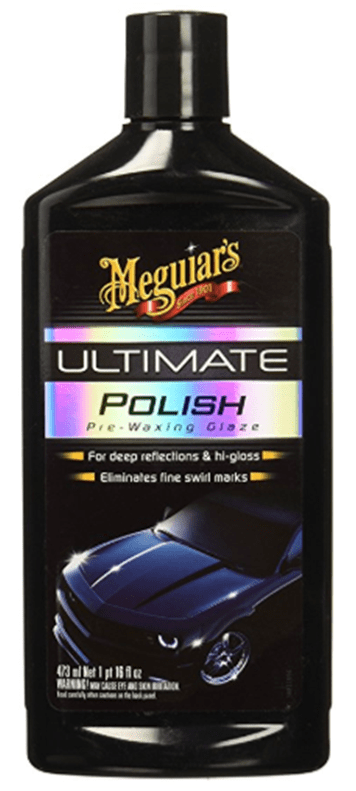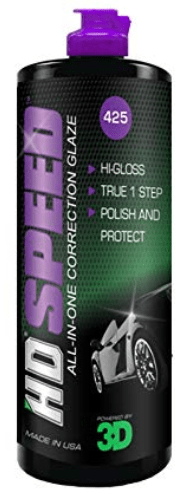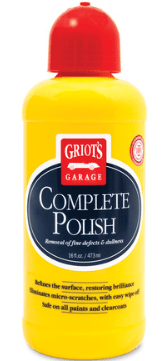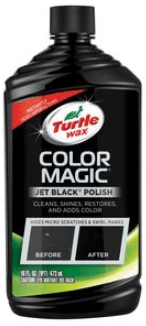It’s amazing just how many brands of car polish you can find on the shelves when you go to your local department store or automotive supply store. On Amazon, there are literally thousands of different kinds of car polish to choose from. So how do you know how to pick the best car polishes? The key to choosing the right car polish for your needs is to educate yourself on how these compounds work and become familiar with the contents of the polish. It is also wise to buy from the most reputable brands. With these top polishes, you can be sure to keep your car in top condition.
The Best Car Polishes on The Market
Below are some of the best car polishes available for sale today. As you’ll see, most of these are meant more for enthusiasts and are non-abrasive. However, we also included some professional-grade products as well. In considering what makes the best car polish, we considered several factors include reputable branding, contents and the quality of those contents, positive customer reviews, safety of use/safety of materials, cost, and overall value. Keep reading to find the perfect car polish for you!











